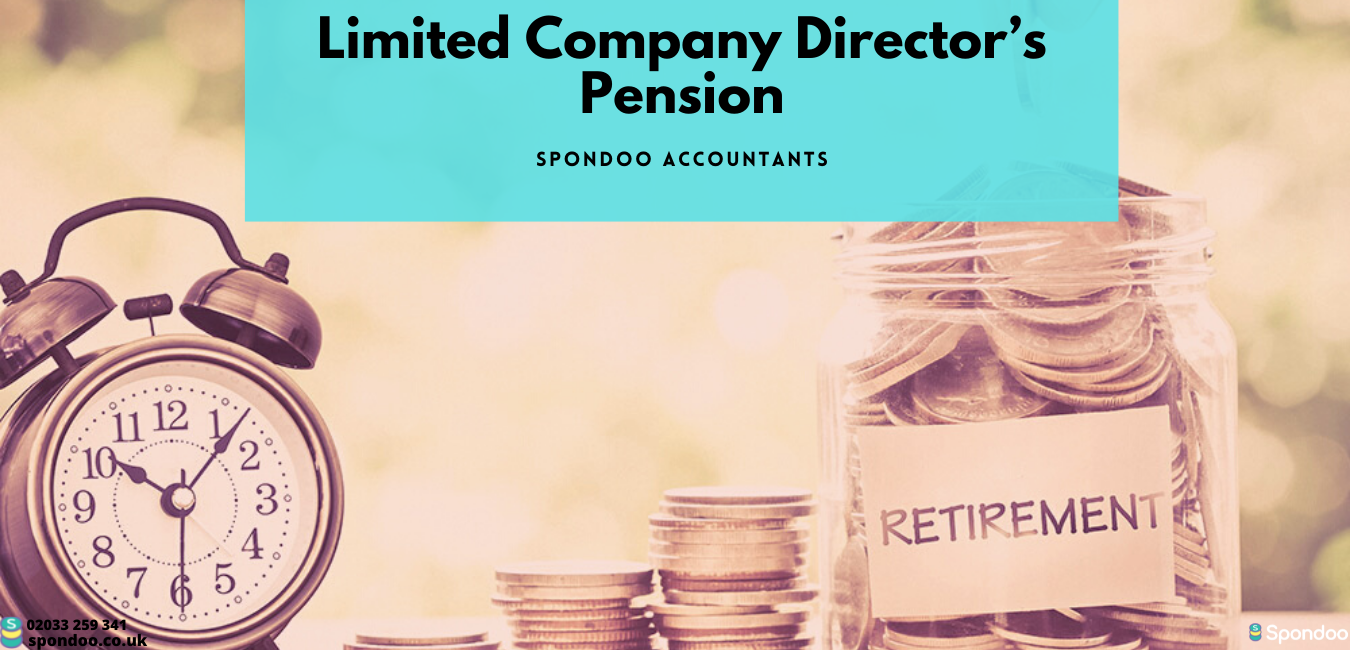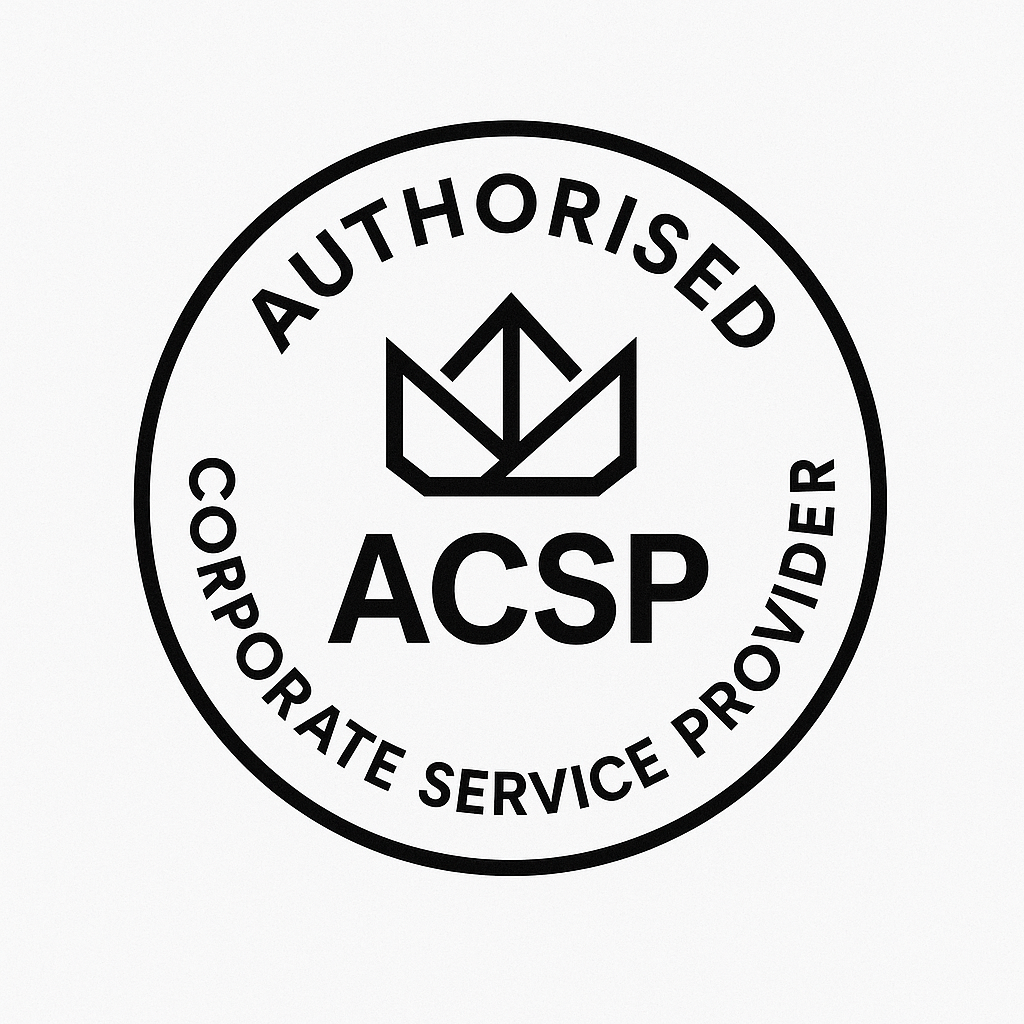
If you are a director of your own limited company, it is likely that you bear the sole responsibility of managing your own pension in the most tax-efficient way. Like other investment products, pension contributions will help you save. The good news is that pensions offer much more than this - through their tax benefits.
For a director, pension payments can be a useful option for extracting benefits for your limited company in a tax-efficient manner. You can make contributions to a pension both via the business and as an individual - through an occupational or personal pension scheme - respectively.
It is important to understand the difference in the mechanisms of making contributions to an occupation/workplace pension scheme versus a personal pension scheme because their associated tax reliefs vary.
Some types of occupational pension schemes include:
Whereas personal pension schemes include:
A company owner who is only a shareholder and not a director or employee is not eligible to join a workplace pension. Even though the company cannot contribute directly to their pension, they can use dividend payments to contribute to their own personal pension scheme. When thinking about using dividends to fund pension contributions, it is important to bear in mind that you need to consider the limitations surrounding ‘relevant pensionable income’.
On the other hand, a company owner who is also a director with an employment contract can receive a workplace pension. This means the business will receive corporation tax relief on contributions made by a limited company to occupational pensions, in addition to personal tax reliefs.
Finally, a company director who only has a service contract (lacking an employment contract in the company) will commonly be treated in the same way as the shareholder and will need to use a personal pension.
If you are a company director paying yourself a small salary (up to the national insurance threshold) and taking the rest as dividends, your company can boost your pension contributions without pushing you over PAYE or the National Insurance threshold. You can get tax relief at your highest marginal rate- either 20%, 40% or 45% depending on your earnings.
You can also save your company the 2021/22 tax year corporation tax rate of 19% because contributions made through your limited company are also deemed as an allowable business expense.
As a basic rate taxpayer, contributing £100 will only cost you £80 because the government will add £20. For a higher rate taxpayer, a £100 contribution will only cost £60 because the government will add £40. It is important to check if your workplace pension scheme uses Relief At Source or Net Pay Arrangement as this will affect the timing of your tax relief at the higher and additional rate tax threshold.
A big benefit for using a workplace pension over a personal pension is the national insurance benefits surrounding employer pension contribution. Employer contributions are exempt from employer and employee national insurance, where employee contributions are not.
If you take both salary and dividends from your limited company, the dividends do not count towards your relevant pensionable income’ (i.e. the income upon which to obtain tax relief on pension contributions). That only leaves you with your salary to count towards your pension tax relief limit. These scenarios can get quite tricky - you must talk to an accountant to help you find a tax-efficient way to go around this.
If you are making pension contributions outside the business, tax relief is calculated in the same way but you will pay the money from your personal bank account, instead of your payslip. Basic rate taxpayers will receive an additional 25% in tax relief. In other words, if you were to contribute £100, you will be saving £125 into your pension.
Even though there are no limits on the amount you can pay into your pension, tax relief is only available on 100% of your income, up to £40,000.
Despite how you contribute towards your pension, there are limits to the amount you can pay and withdraw from your pension and still receive tax relief. They include:
The limit of tax relief stands at £40,000 OR 100% of your income - whichever is lower.
To boost your pension contributions above the £40,000 limit you can use the 'carry forward' rule. It lets you make use of annual allowances that haven't been used over the previous three years. It only works if you have been a part of a registered pension scheme during the three years.
It is the maximum amount you can draw from a workplace or personal pension in your lifetime without paying extra tax. The lifetime allowance currently stands at £1,073,100. However, if the total amount of a pension pot in your lifetime exceeds this allowance, the tax becomes payable on pension withdrawals.
Pensions and tax matters can get very complicated, especially if you want to know how much tax benefits you can get from limited company pension contributions based on tax rules. Therefore, it is important for limited company directors to speak to chartered accountants for guidance and support on pensions and tax relief.

